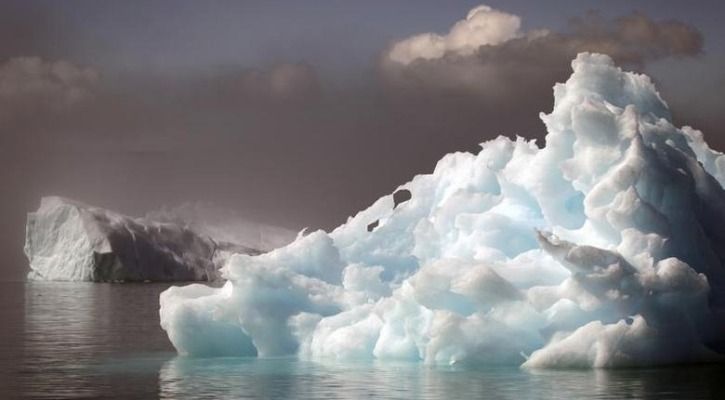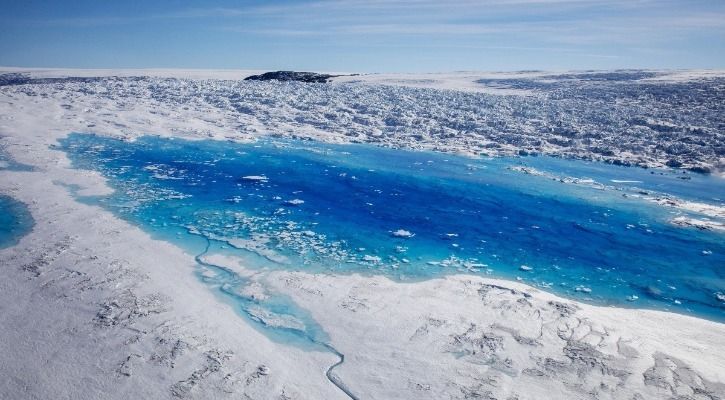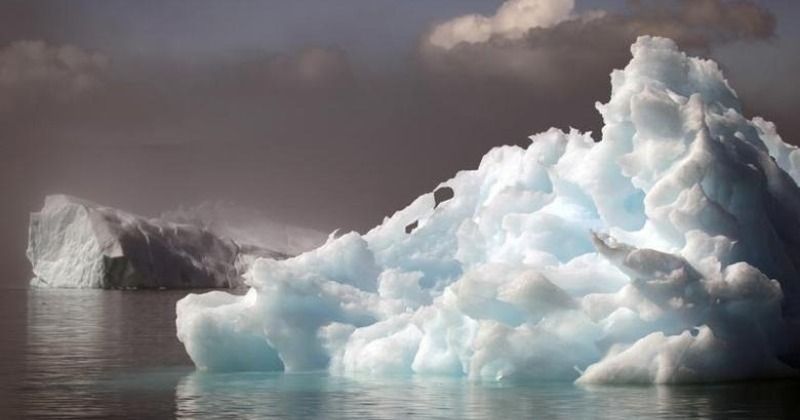We’ve started to take it in stride that we’re always losing ice from the polar regions.
Which is a shame really, because we’re then dismissing a serious problem. So maybe this latest development will make people sit up and take notice.

Images courtesy: Reuters
On Thursday last week, over 40 percent of Greenland experienced melting, with the total ice lost estimated to be more than 2 gigatons.
That’s 2 billion tons of ice lost in a single day.
Now, Greenland is a gigantic island filled with ice so some melting is expected. But what it experienced last week surpassed all previous instances by far. The usual time of year the country melts is between June to August, with the bulk of it happening in July. So that much melted ice in June is worrying.
According to researchers though, while all of that melting ice is unusual, it’s not entirely unexpected. “It is comparable to some spikes we saw in June of 2012,” Thomas Mote, a research scientist at the University of Georgia, told CNN. The spikes he’s talking about are the melting incidents from 2012 that broke records. They saw almost the entire ice sheet of Greenland melt a bit for the first time in history.
The fact that Greenland is losing so much ice again so early could mean 2019 is another record-breaking year for the continent.
You see, white snow and ice cover usually help keep out heat by reflecting sunlight back into the atmosphere. When it melts though, like now, it reduces the effectiveness of that process, which means more melts can be expected later. Greenland already had melt days that arrived earlier than usual in April, which means it could get worse through this year.
If that happens, it’ll mirror similar incidents from 2012, 2010, and even earlier in 2007. The thing is, though this means they’re fairly common now, these kinds of high melts were unheard of in decades before.

It’s as clear an indication as possible that our climate is growing far too warm to sustain us. And as our ice melts, the sea levels will rise, flooding coastal regions. And that’s before we even get to what the higher temperatures will do to us and our food sources.
We need a solution now.


